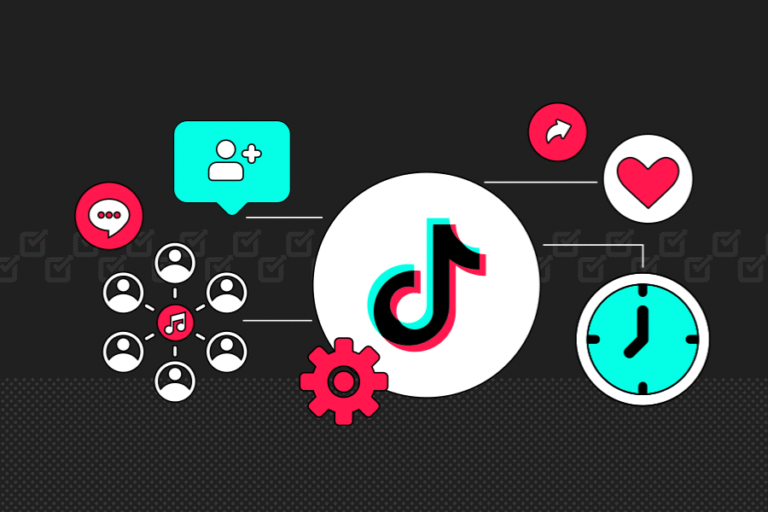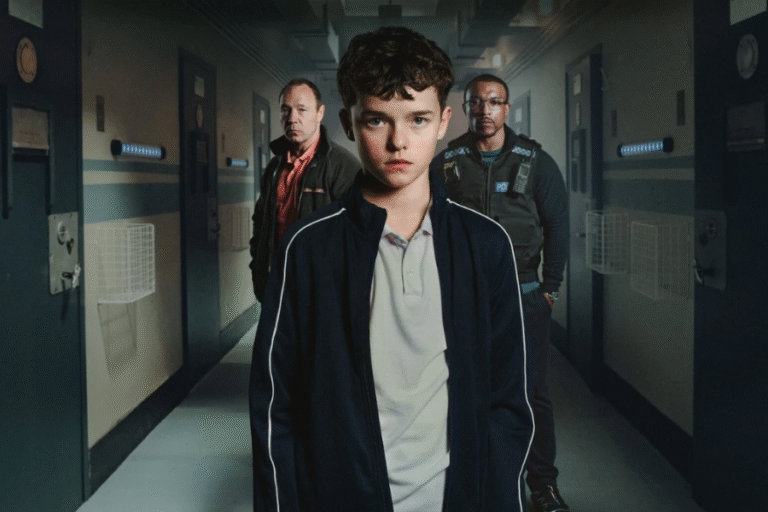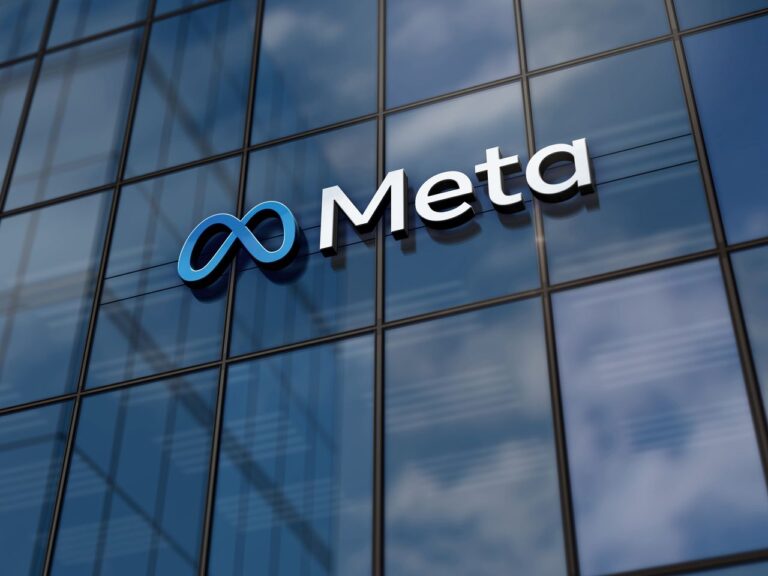Is Threads the New Twitter? What You Need to Know
In 2025, the social media landscape continues to shift at a rapid pace. Platforms rise and fall, algorithms change overnight, and user behavior keeps evolving. Amidst all of this, one question is gaining traction across digital circles: Is Threads the new Twitter?
The question is more than just a trendy headline. Since its official launch by Meta, Threads has steadily gained attention and usage. It’s being called the microblogging alternative for a new generation. But how accurate is that claim? Does Threads truly have what it takes to replace the platform once considered the town square of the internet?
This article explores how Threads compares to Twitter, what makes it unique, and whether it is truly the next big thing in social media.
Understanding Threads: What Is It
Threads is a text-first social media platform created by Meta, the parent company of Facebook and Instagram. It was introduced as a companion app to Instagram, allowing users to post short messages, reply, repost, and follow topic-based threads. While Threads borrows many of Twitter’s features, it integrates tightly with Instagram’s ecosystem.
Users can log in using their Instagram credentials, and their Threads account can automatically link to their Instagram profile. This deep integration means Threads can draw from Instagram’s massive user base without requiring users to start from scratch.
The Decline of Twitter: A Brief Recap
To understand the rise of Threads, one must look at the recent decline of Twitter. Since its rebranding as X and multiple internal changes, Twitter has faced criticism on several fronts. These include:
- A noticeable drop in content moderation
- The rise of fake news and unchecked content
- An unstable verification system
- Algorithm changes that favor certain users or viewpoints
- A rise in paid-only features and restricted access
As a result, many long-time users began seeking alternatives. For some, Threads felt like the natural successor—a cleaner, less chaotic version of Twitter with a familiar interface.
Key Features That Make Threads Stand Out
While Threads draws inspiration from Twitter, it also attempts to differentiate itself with specific features and design choices. Some notable aspects include:
1. Integration with Instagram
Threads allows users to bring their Instagram followers over without rebuilding a following from scratch. This removes a major barrier that new platforms often face.
2. Clean Interface and Design
Unlike Twitter, which has become cluttered with ads, trending topics, and promoted posts, Threads offers a minimalist and focused user experience. For now, content discovery is more organic.
3. Text-First but Multimedia-Friendly
Though Threads centers around text-based posts, it supports photos, videos, and links. This balance appeals to users who want to express ideas without being limited to visuals.
4. Algorithmic Feed vs Chronological Choice
Threads offers both a recommended feed and a following-based timeline. This gives users some control over what they see, though it’s still evolving.
5. Less Focus on Virality, More on Conversation
Unlike Twitter where controversial takes often go viral, Threads emphasizes healthy discussion. The goal appears to be fostering more thoughtful conversations rather than outrage or instant fame.
What Threads Still Lacks
Despite its advantages, Threads is not without flaws. Being a newer platform, it is still under development in several areas. These include:
1. Limited Search Functionality
Threads currently does not support keyword or topic-based searches at the same level as Twitter. This makes discovering specific conversations or news more difficult.
2. No Trending Topics
One of Twitter’s strongest features was its ability to show what was trending globally. Threads has yet to introduce this feature, which limits real-time discovery.
3. Less Support for Journalists and News Outlets
While Twitter was a primary source of breaking news, Threads has not yet become a platform for journalists or live updates. That space remains somewhat vacant.
4. Lower Engagement Outside of Instagram Circles
Threads is excellent for users who already have a presence on Instagram. For others, building an audience from scratch feels more difficult compared to platforms that emphasize hashtags and discoverability.
Is Threads Really Replacing Twitter
The idea that Threads is replacing Twitter is both true and false, depending on how you define replacement. For casual users, creators, and influencers who were tired of Twitter’s toxicity, Threads has become a welcome alternative. Its cleaner design and safer community guidelines offer a more controlled environment.
However, for news junkies, political commentators, and those who relied on Twitter for live updates and trending discourse, Threads still feels incomplete. Until it develops real-time discovery, open-topic discussions, and powerful search tools, it may not fully take over the role Twitter once played.
What Threads has done successfully is offer a new model for social text-based interaction. It presents a less chaotic, more community-driven space that fits well within Meta’s social universe. It avoids some of the mistakes Twitter made while also avoiding its strengths in open information flow.
What This Means for Brands and Creators
For brands, Threads offers an untapped space with lower competition and high visibility, especially for those with established Instagram followings. It allows them to engage in real-time conversation without the risk of appearing on toxic threads or controversial timelines.
For creators, the platform provides an opportunity to explore more written content without needing to maintain the pressure of visuals. Creators who often share thoughts, educational content, or commentary are likely to benefit the most.
Being early on Threads in 2025 also means having a better chance of gaining visibility, experimenting with formats, and positioning as a thought leader in a cleaner social space.
The Future of Threads
Meta has announced plans to expand Threads further, including better moderation, expanded features, monetization tools for creators, and potentially opening the platform to search engines and public indexing. These changes could position Threads as more than just a Twitter alternative—it could become the default home for social conversation.
What will matter is how Meta balances growth with user experience. If Threads becomes overrun with ads or influencer-only content, it may repeat Twitter’s problems. But if it continues to prioritize clean interaction and gradual development, it could carve out its own legacy in the social media timeline.
Final Thoughts
So is Threads the new Twitter? In some ways, yes. For users looking for a simplified, text-first platform with fewer disruptions and better controls, Threads is a solid alternative. In other ways, no. For users seeking breaking news, trending global topics, and real-time political conversations, Twitter or similar platforms still hold an edge.
Ultimately, the success of Threads depends on its ability to build upon what users want and avoid the mistakes of its predecessors. In a time when digital spaces are constantly shifting, Threads stands as a promising platform that might not replace Twitter completely but could redefine what a social conversation space looks like in the years ahead.




